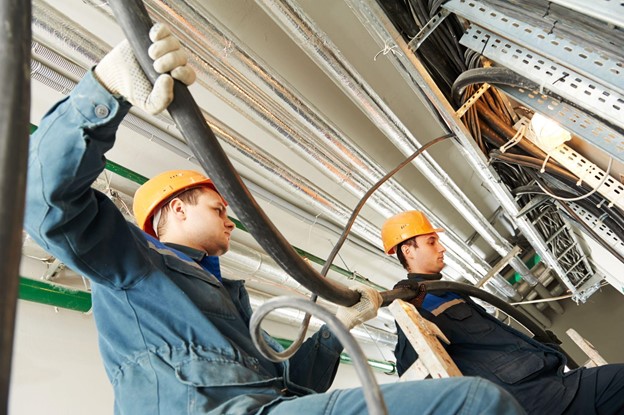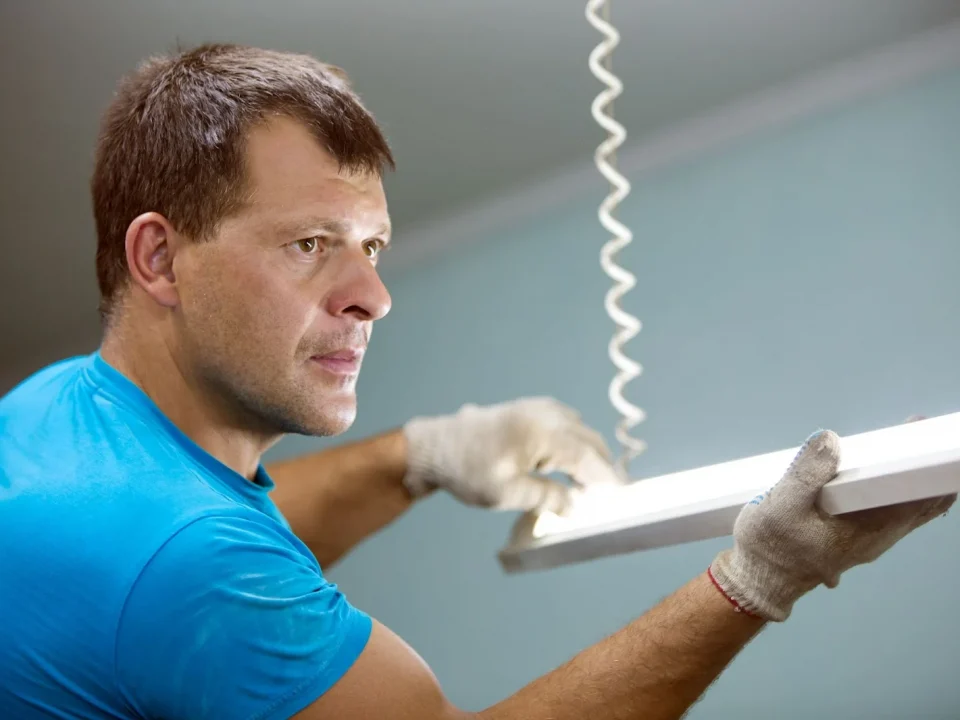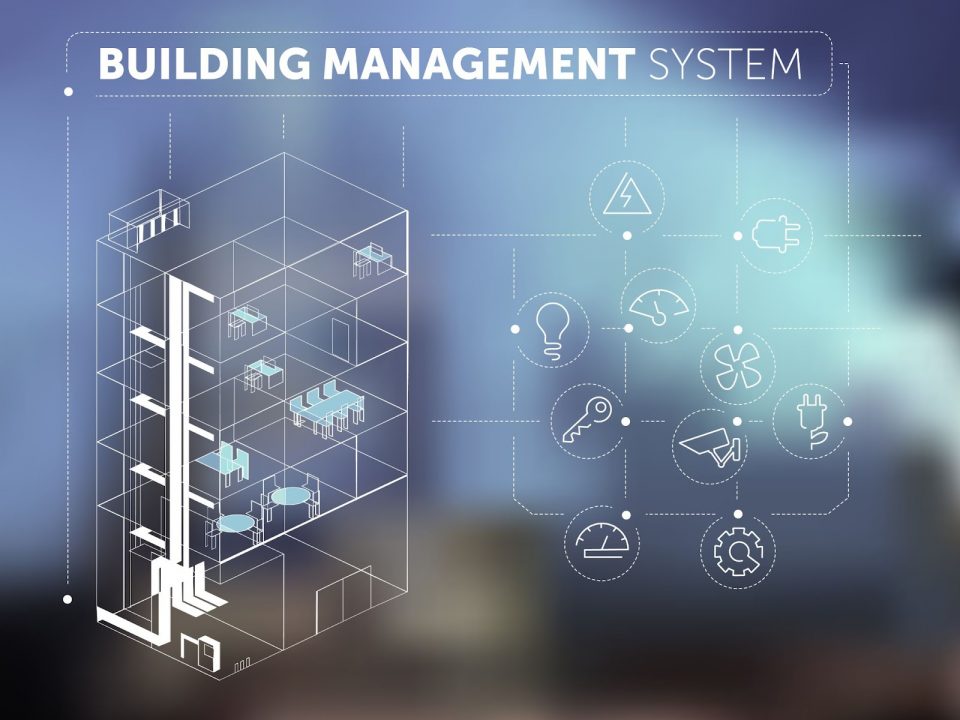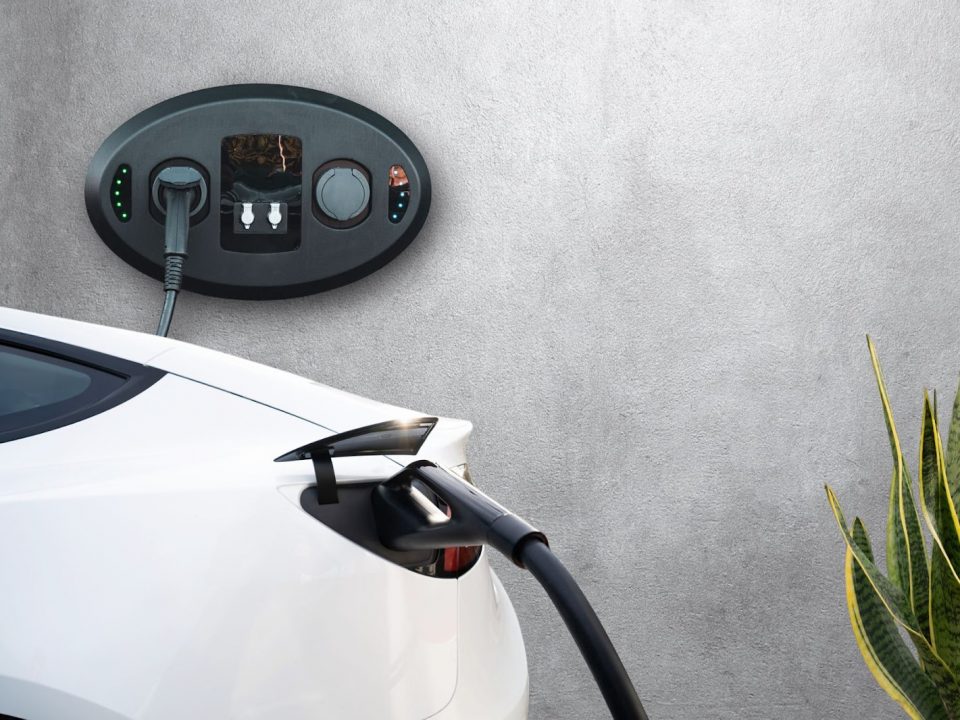Choosing the Right Cabling Infrastructure for Your Company


When choosing the right cabling infrastructure for your company, there are a few things you need to take into account. The most important factor is the type of business you run. For example, if you’re a retail store, you’ll need a cabling system that can handle a high volume of traffic. If you’re an office, you’ll need a system that can support multiple users and devices. No matter what type of business you have, though, it’s important to choose a cabling system that fits your needs and budget. So how do you choose the right cabling system? Let’s take a look.
4 Types of Networking Cables
The pace of technological change is accelerating. This means that your cable infrastructure needs to be able to keep up with the demands of your company. If you choose the best cable infrastructure for your company’s needs, you can save time and money. Below, you can learn more about the different business cabling solutions you can choose from.
1. Coaxial cable
At the centre of a coaxial cable is a copper conductor. Between the braided metal shield and the centre conductor is an insulation layer made of plastic. Interference caused by fluorescent lights, motors and other computers is avoided with the shield.
Because of its design, signal obstruction is highly unlikely to occur while using coaxial cabling. Installing it, however, can be a challenge.
Cable operators, telecommunications companies and internet providers have traditionally used coaxial cables for transmitting data, voice and video. In some cases, fibre optic cables and category cables often replace coaxial cabling due to their limitations.
2. Fibre optic cable
Fibre optic cables transmit light, not electrical signals. This eliminates the possibility of interference caused by electrical signals.
An ideal way to connect networks between buildings is with fibre optic cables. This is because fibre optic cabling is slow to degrade even when exposed to moisture or severe weather. Furthermore, this cable type can transfer signals over greater distances and at faster speeds than other cabling types.
3. Unshielded twisted pair cable
Computer and telecommunications companies use UTP cables as telephone lines and Ethernet cables. The conductors in a UTP cable are twisted together to form one circuit. As a result, any interference from outside sources is eliminated. UTP cables typically have copper wires with polyethene insulation.
4. Shielded twisted pair cable
Ethernet networks commonly use STP cables. Like UTP, STP cabling consists of twisted pairs. The main difference is that STP uses an extra layer of foil or copper braid to shield it from signal interference. STP cables are relatively more expensive and difficult to install than UTP cables. However, its advantage over UTP is that it can support higher data rates over greater distances.
Categories under Twisted Pair Cabling
Twisted pair cables are divided into different categories.
- CAT 1 is used for telephone lines. It can’t be used to support computer networks.
- CAT 2, with speeds up to 4Mbps, is mainly for token rings but is no longer widely used.
- CAT 3 has speeds up to 10Mbps and was also used for token ring networks.
- CAT 4 is similar to CAT 3 but can support speeds up to 16Mbps.
- CAT 5 was used for network speeds of 100Mbps and beyond.
- CAT 5E, also referred to as Enhanced Category 5, is a step up from CAT 5. Supporting speeds up to 1Gbps, it provides faster transfer rates for data transmission. This means that it’s capable of supporting Gigabit Ethernet and Fast Ethernet. This cable type is commonly used in LANs, telephones and video applications.
- CAT 6 is used by companies with Power over Ethernet devices such as automatic door entry systems, AV applications and VoIP telephone systems. Compared to CAT 5E, CAT 6 is more suited to handle the power needed by these types of equipment. With CAT 6 cabling, data can be transmitted at a much higher frequency of 250MHz. It utilises conductors and more pair twists per inch to provide higher speeds and less interference.
- With CAT 6A, the transmission frequency is doubled to 500MHz. CAT 6A is equipped with additional insulation and extra twists that are tighter than those found in CAT 6 to minimise crosstalk. However, it also has drawbacks, such as the cables’ weight and size. CAT 6A is a valid option if the expected lifetime of a new cable system is more than five years. It’s typically recommended for education and healthcare installations.
- CAT 7 is meant to be used for Gigabit Ethernet. It offers reduced crosstalk and higher speeds. Currently, for a majority of businesses, upgrading to Cat7 Ethernet cable is not yet necessary.
- CAT 8 transmits signals at 2GHz per second, making its data transfer 400x faster than CAT 5. However, CAT 8 Ethernet is yet to become widely available.
How to Choose the Best Network Cabling for Your Business
Below are some factors to consider when choosing the right cabling for your business.
Facility
In case you are leasing your building, a basic cabling network such as CAT 5E might be sufficient. If you own your building and intend to stay there, it might be a good idea to invest in CAT 6. Consider also whether you have a conference or training room that requires reliable, fast internet.
Devices
Take a look at the equipment you will be using. If you plan on using Power over Ethernet (PoE) devices, the recommended cable that should be installed is CAT 6. PoE devices include cameras, Wi-Fi, door access systems and VoIP phones.
Budget
Lastly, your budget also plays a role in your chosen infrastructure. Having the proper budget enables you to get the best cabling infrastructure for your business.
Network Cabling Installation Services
The networking hardware and cables you use are vital to the operation of your business. Your network will only be as fast as your cable allows. It is therefore essential to choose the proper cabling infrastructure for your business.At Edmont M&E, we can help you assess which cabling type is most suitable for your operations. Contact our team today to learn more.


